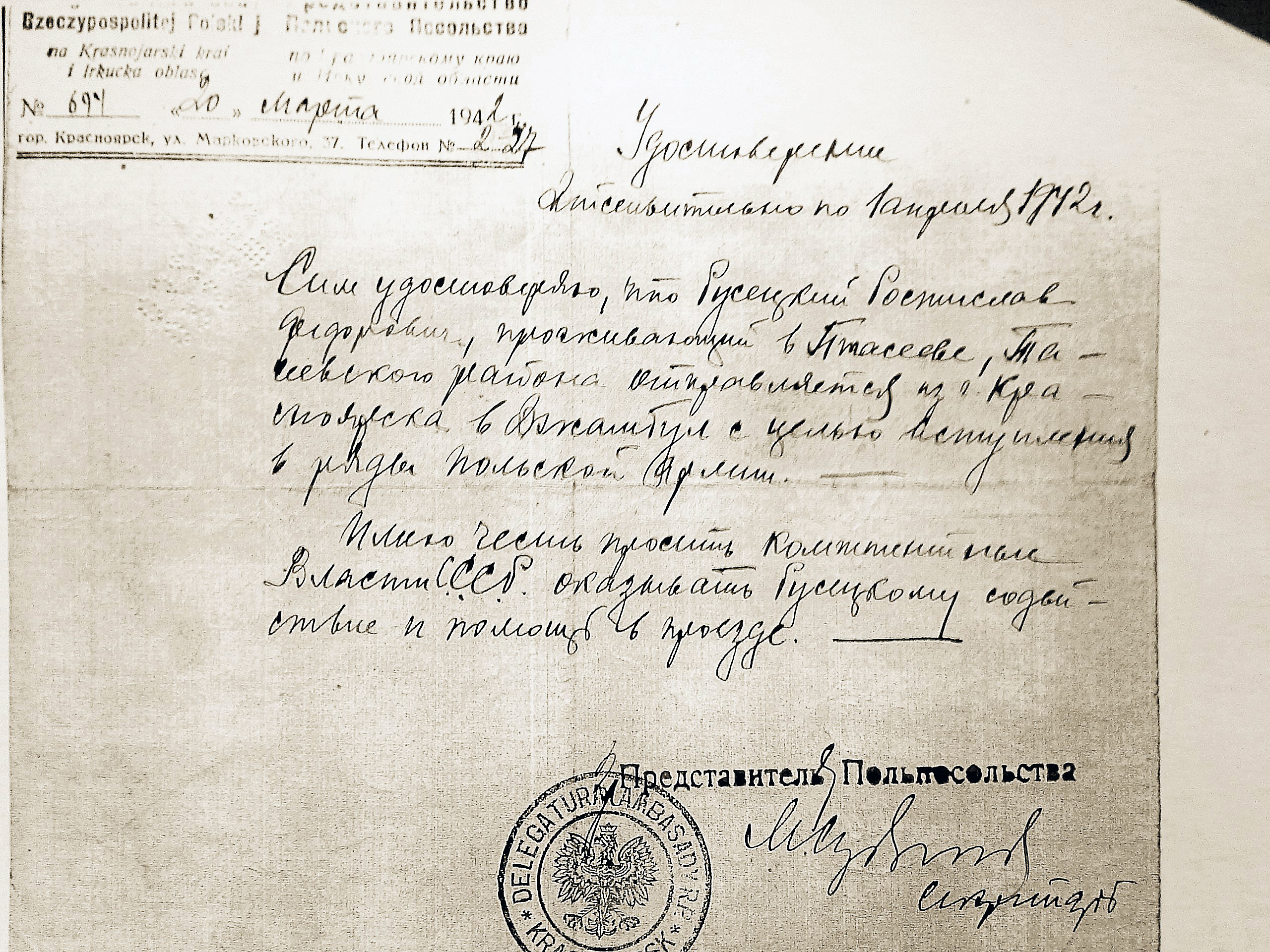Let me begin by saying this to anyone involved in exploration and also doing documentaries:
“You just have to see this classic – Nanook Of The North!”
This documentary was made by Robert Flaherty 1922. We are talking 91 years ago! A silent movie initially, today with added music, it is full of information that I didn´t know. Even though I have spent quite a lot of time in the Arctic, read most of the anthropological and ethnographic books on most subjects as regards to the people in the north and their habits, just Nanook licking the knife to make it work better when cutting up snow blocks for the igloo, amazing knowledge!
I am also amazed of the quality of his filming. I know he has been accused of over dramatizing, like saying that Nanook (which wasn´t his real name, it is Allakariallak) died starving when hunting, when he actually died at home, most likely by tuberculosis, and that he staged some parts, but, hey, for its time in history when we still where bogged down by huge and stupid racial divisions, it is a fantastic documentary which has a very, very positive tone and I really, really wish I would have been born those days to be able to experience what we see in the film! And the size and weight of the cameras in these days, in relatively cold temperatures, me, as an expert i would say around -25 to -30 Celsius…believe me, this is, at times staged or not, it is a must see and portrays the spirit of the the people in a good way, especially considering this was just shot after the 1st World War.
Robert Ebert, the well known American film critic wrote these words:
“The film is not technically sophisticated; how could it be, with one camera, no lights, freezing cold, and everyone equally at the mercy of nature? But it has an authenticity that prevails over any complaints that some of the sequences were staged. If you stage a walrus hunt, it still involves hunting a walrus, and the walrus hasn’t seen the script. What shines through is the humanity and optimism of the Inuit.”
See it!




This film is definitely well worth watching, but the distortions are not trivial. They shape the narrative into common themes, some of which are not entirely positive, especially for the Inuit.